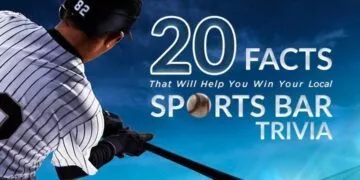People of all ages love the fast-paced action of ice hockey.
While you may already know some basics about playing the sport, you’ll be surprised at some of these weird and interesting facts about the game.
Brush up on the facts below, and suggest an “ice hockey” category at your next trivia night.
Hockey pucks are kept on ice.
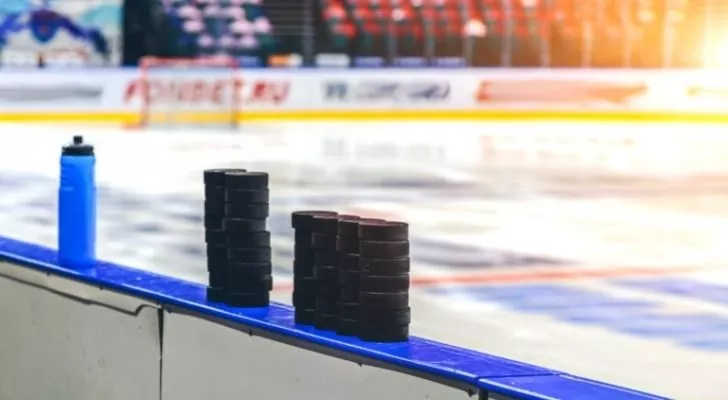
Pucks are kept frozen until they are needed in a game.
A modern puck is made of rubber, and it becomes flimsy and bounces when it gets warm.
Freezing the hockey pucks prevents them from bouncing, so players can more easily control them.
On average, 12 pucks are used in NHL games because they thaw so fast.
The first pucks were made of cow dung.
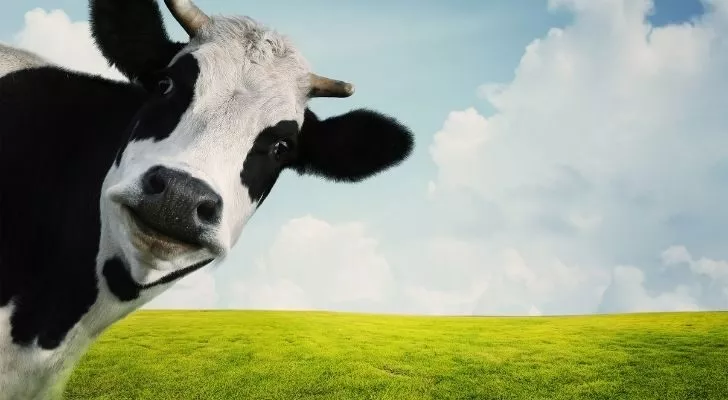
Legend has it that the first pucks used in outdoor hockey games were actually frozen cow poo patties.
But the game must go on, right?
Cut-up lacrosse balls were later made into pucks before taking their final form today — vulcanized rubber.
Octopus-throwing is a lucky tradition for Red Wings fans.

When there were only six NHL teams in 1952, eight wins during the playoffs clinched the Stanley Cup.
Think of 8 wins as tentacles on an octopus.
That was the line of thinking brothers Pete and Jerry Cusimano, who threw an octopus on the ice during a Red Wings playoff game that year.
Since the team took the Cup, octopi have become the team’s lucky charms.
And as of 1995, an octopus became the team’s official mascot.
Ice in the rink is less than an inch thick.
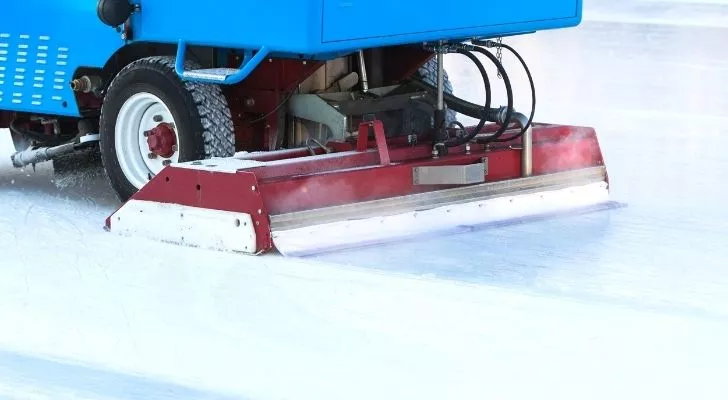
The ice layer in a professional hockey rink is only ¾ inches (1.90 cm) thick and is kept at -9℃ (16℉).
Thinner ice layers allow the water to freeze faster and harder.
The thicker the ice, the softer and slower it becomes.
The Anaheim Ducks got their name from a Disney movie.

Remember The Mighty Ducks? The Anaheim, California hockey team was named after the famous Disney film and was once owned by the company.
In 2007, a year after Disney sold the franchise, the Mighty Ducks of Anaheim won the Stanley Cup.
Today they are known as the Anaheim Ducks.
Referees drop the puck for a good reason.
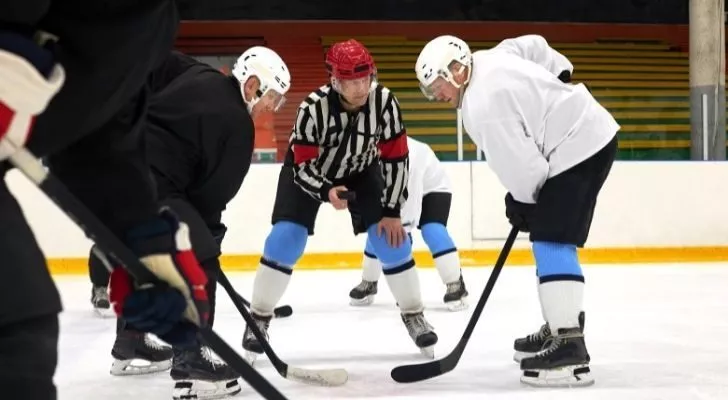
Before 1914, hockey refs used their hands to place the puck between the two players’ sticks in a faceoff.
For obvious reasons, this wasn’t a good idea.
After many cuts, bruises, and likely broken bones, they began dropping it between the pucks instead.
Players use the Stanley Cup as a snack bowl.
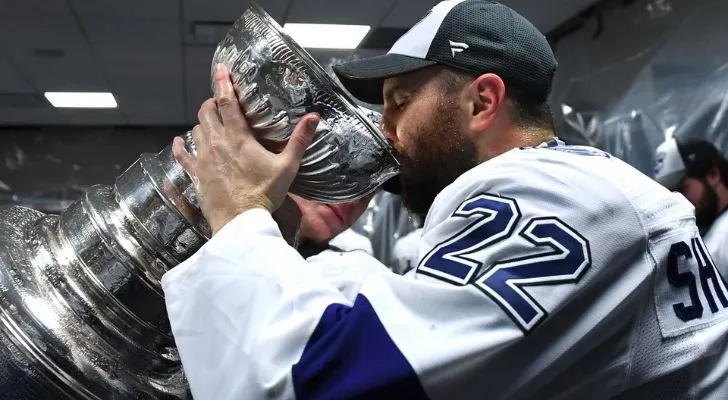
When a team wins the Stanley Cup, every team member gets to keep it for 24 hours.
As long as the watcher or trustee permits it, the players can do whatever they like with the Cup.
Since the Cup is actually a punch bowl, many players use it to hold drinks and snacks.
Some treats enjoyed from the trophy include champagne, chicken wings, cereal, and ice cream.
Fans can be goalies.
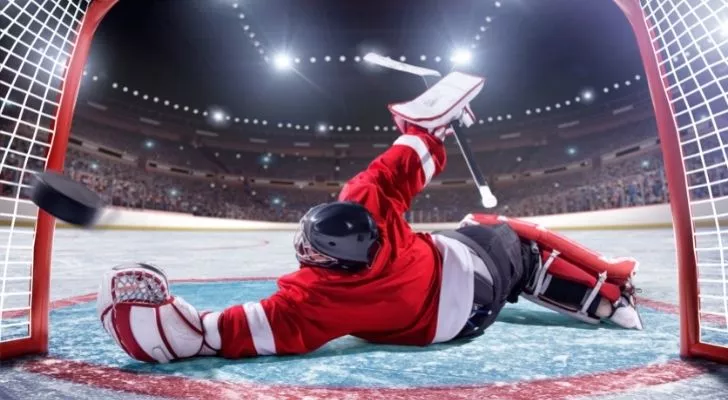
What happens if both of a team’s goalies are injured and unable to play?
Fans step in to help! Anyone can serve as a backup goalie, including someone in the audience.
In 2020, an emergency goalie from the audience filled in as the Carolina Hurricanes’ netminder and got the win for the team.
Players can lose 10 pounds or more during a game.

During a hockey game, goalies can lose as much as 10 pounds of water weight.
Goalies sweat a lot because of the lights, the thick, padded layers, and the fact that they play the entire game.
To combat dehydration-induced muscle cramps, goalies consume sports drinks, pickle juice, and mustard packets.
Hockey players don’t have to wear mouth guards.

Despite the rough nature of the sport, wearing mouthguards is optional in the NHL.
Even though players may still lose teeth when hit directly in the face while wearing a mouthguard, these devices have their advantages.
The mouthguards prevent players from clamping their teeth, biting their tongues, and decreasing the chance of broken jaws or chipped teeth.
Hockey can be a ruthless sport.
But there’s a lot of fascinating information and history to this adrenaline-filled game.
Next time you channel surf on your television and catch an ice hockey game, keep these facts in mind!




